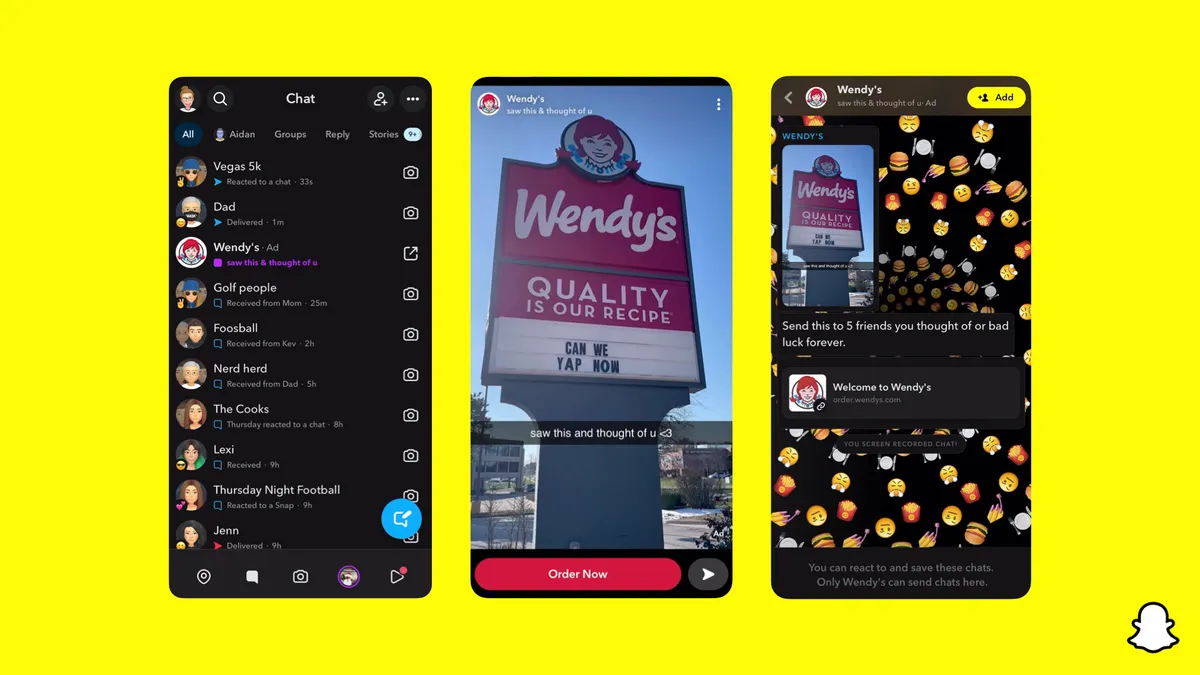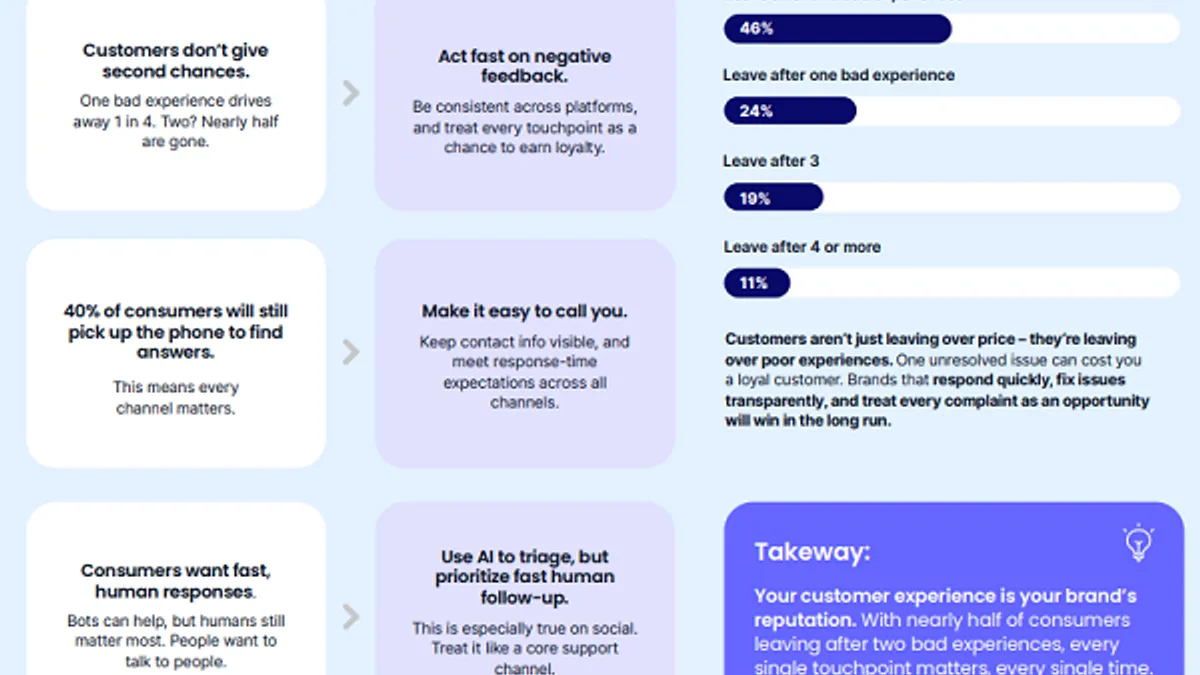Editor's Note: The following is a guest post from Samantha Paxson, chief marketing and experience officer at Co-op Financial Services.
I can pinpoint the moment I stopped being an Apple fangirl.
It was a chilly spring morning in 2015 and I was pumped to unveil a new playlist I made for my spin class. When I plugged my new Mac into the surround sound speakers, my jaw dropped. Half of my music catalog had vanished. Nearly $3,000 worth of music purchased through iTunes was completely wiped. I was devastated. I could go into detail about what went wrong, but my point is this: Apple — my go-to brand for nearly every gadget in my life — had eroded my trust in one fell swoop.
For years, I proudly wore the Apple early adopter badge of loyalty. When I lost my music without recourse, I couldn't help but think: "How could they do this to me?"
We've all had our moments of emotional attachment to a brand. To a Starbucks fiend, the thought of not starting the morning with a tall Pike Place is inconceivable. Peloton workout fanatics want to talk about their bike with everyone they know, and love to turn skeptics into believers (guilty). According to a recent study published in Harvard Business Review, being emotionally in-tune with your customers can literally make or break your business. In fact, researchers found that tapping into a customer's unspoken emotional needs is the most effective way to maximize that customer's lifetime value.
So how do the best brands cultivate emotional loyalty? They focus on the deep, hard-wired emotions that drive our expectations, behaviors and ultimately our purchase decisions. For example:
1.) Earn trust
Up until that one fateful moment, there was no reason for me to mistrust Apple. For years, the company had delivered on every promise they made — from ensuring a seamless music experience from my car to my home to my office, to consistently making beautiful gadgets that made my life easier.
Earning a consumer's trust is a delicate process. You can't just say you're trustworthy; a consumer actually has to feel it. So how do the best brands do it? A recent Forrester report found that earning a consumer's trust boils down to five components: Your product or service must be simple, ubiquitous, personalized, empowering and reassuring (or "S.U.P.E.R.," for short).
Take a small, regional bank for example. To earn a consumer's trust, they might invest in making video tellers available 24/7 at every ATM to help customers complete complex transactions any time of day, as well as offering a free mobile app that uses machine learning to remind them of an upcoming bill. It's not just about investing in technology for technology's sake; it's about taking deliberate steps to earn your customers' trust through ease, convenience and empowering them to do more.
2.) Always anticipate customers' needs
Thanks to digital-first behemoths like Facebook, Apple, Microsoft, Google and Amazon, consumer expectations are higher than ever. Amazon Prime's two-day delivery guarantee, for example, has "spearheaded an all-out arms race for faster shipping" in nearly every e-commerce business. Google's Local Search has wired us to expect hyper-relevant and contextual results in any search bar we encounter. And the list goes on.
To anticipate your customer's needs, you need to be hyper-vigilant in actually understanding them. Don't invest in technology to solve a problem that doesn't exist. Oftentimes it's the simplest feature or service that can surprise and delight.
One great example is when you press pause on Amazon Video. About a year ago, Amazon offered a solution to a common viewing behavior: Many people pause a show to try to figure out the answer to a nagging question: "Where do I know this guy from?" Amazon responded with a simple, delightful UX tweak that anticipates the simplest consumer need for immediate gratification. Now, when you press pause, you see a text overlay displaying the names and previous work of every actor on screen.
3.) Have empathy for personal, unique problems
One designer described empathy as "the ability understand our users' needs beyond the functional." Can you put yourself in your customer's shoes as they interact with your product or service? How can you improve the experience for them?
Design firm Sub Rosa helped GE reimagine the mammography machine from a cold, scary experience for many female patients, to one that's human-centered. When Starbucks rolled out its mobile ordering app in 2015 to allow time-strapped coffee lovers to skip the line, it was an empathic response to a simple, unique issue.
Peloton has shown empathy for solving a unique problem for busy people: time and the need for community. As someone who travels nearly every month for several days at a stretch, a monthly gym membership would be a drain on my budget. Investing in a traditional stationary bike wouldn't have given me the fitness community I needed. Peloton has solved both unique problems for me with one machine. Even better: When the company learned that many members craved access to Peloton bikes at hotels, the company immediately forged a deal with Westin to answer their wishes.
While it may sound touchy-feely, creating an emotional attachment to your customers just makes smart business sense. In fact, those institutions that accept the new rules of the "relationship economy" will fare far better than those that don't. Earning your customer's trust, anticipating their needs and having empathy for their problems — no matter how big or small — are all surefire ways to ignite and maintain an emotional connection.





















